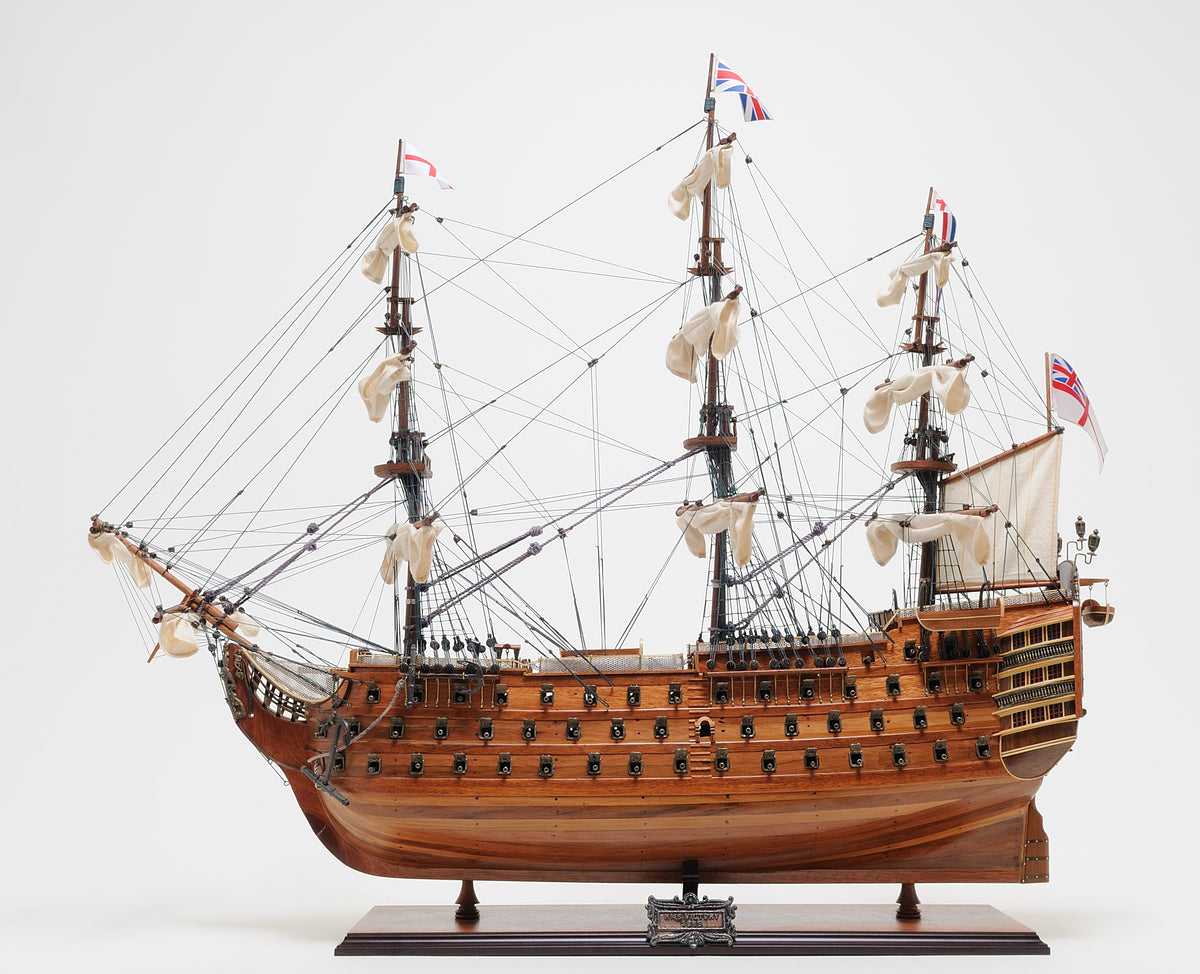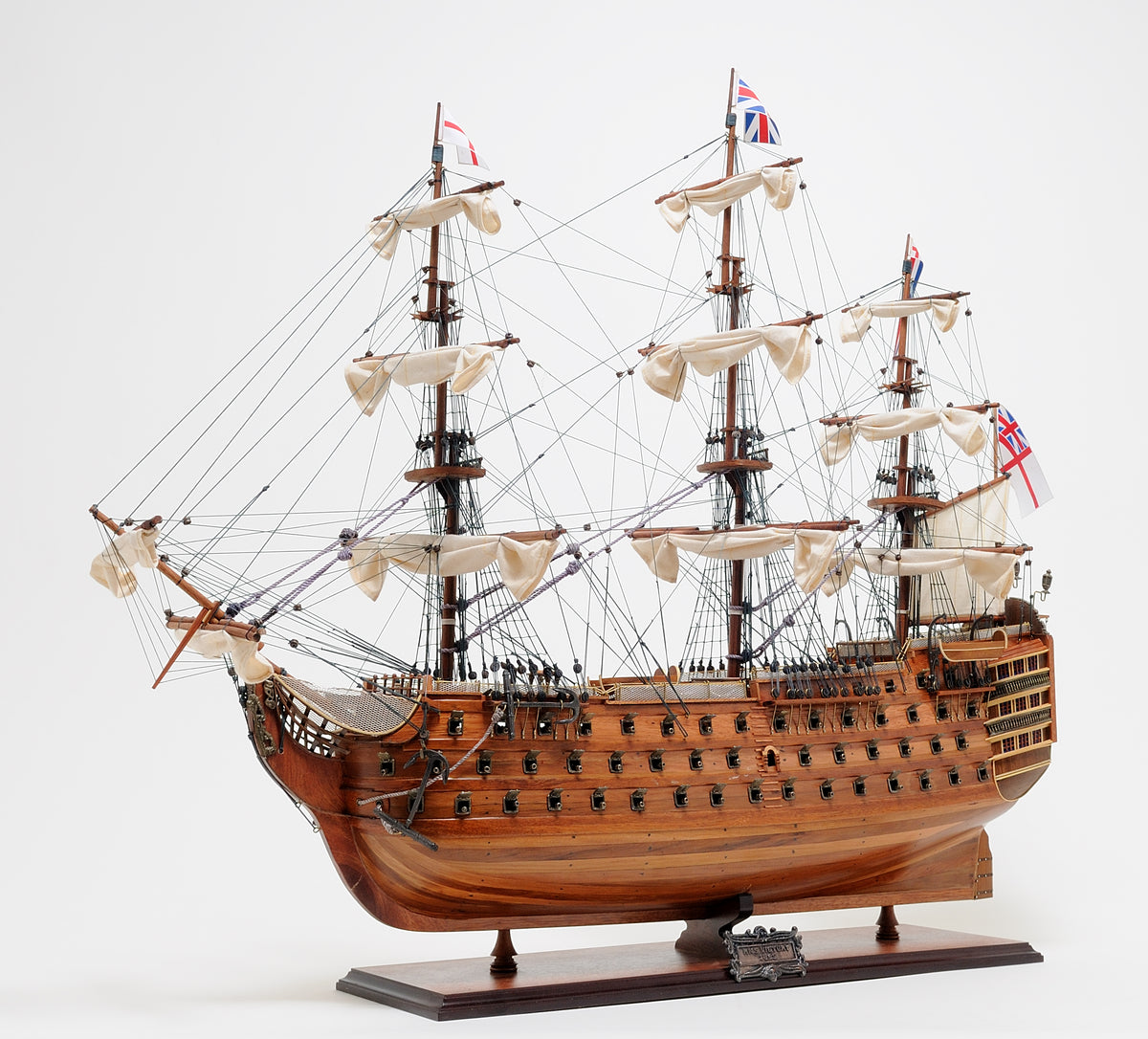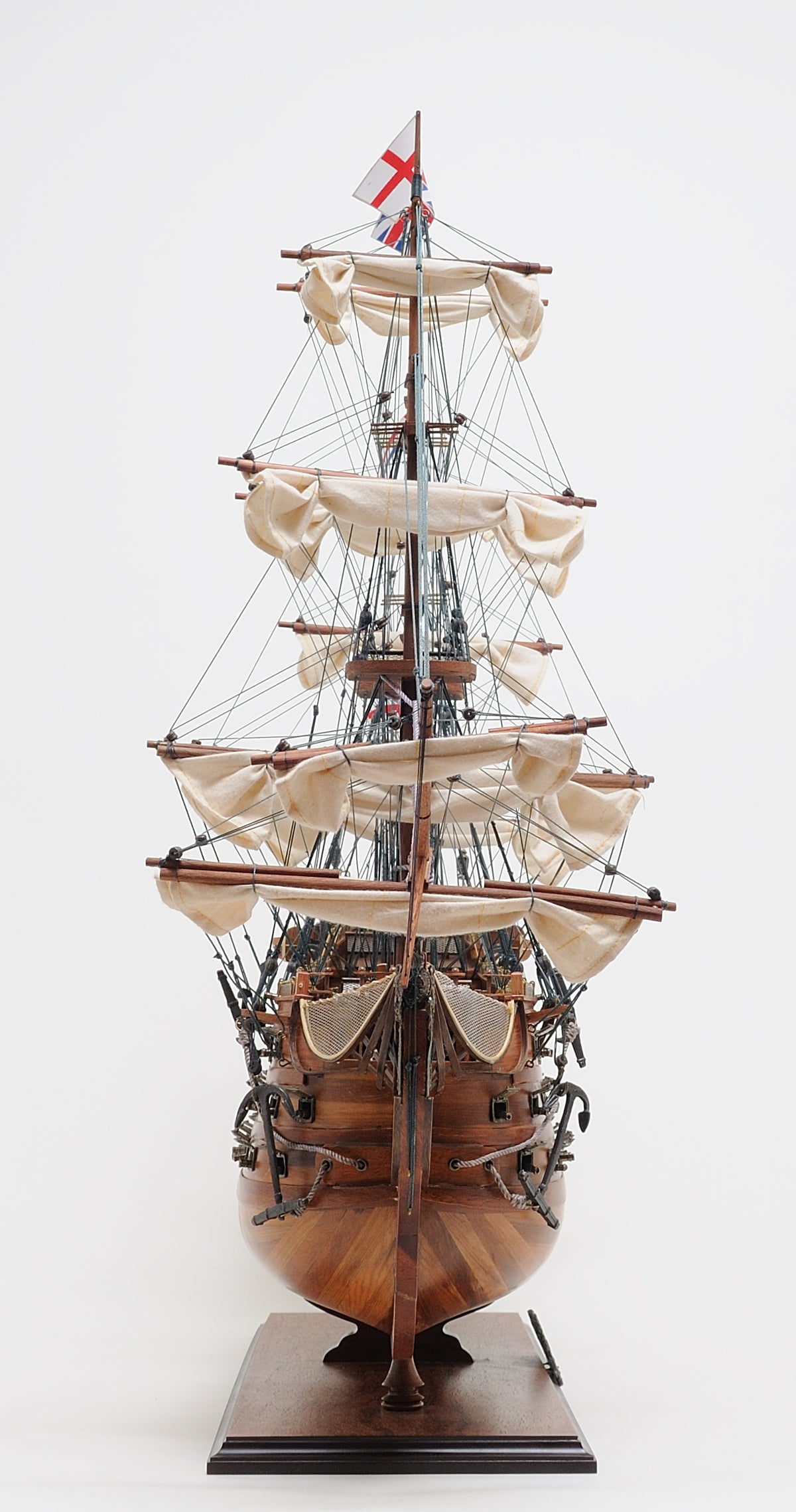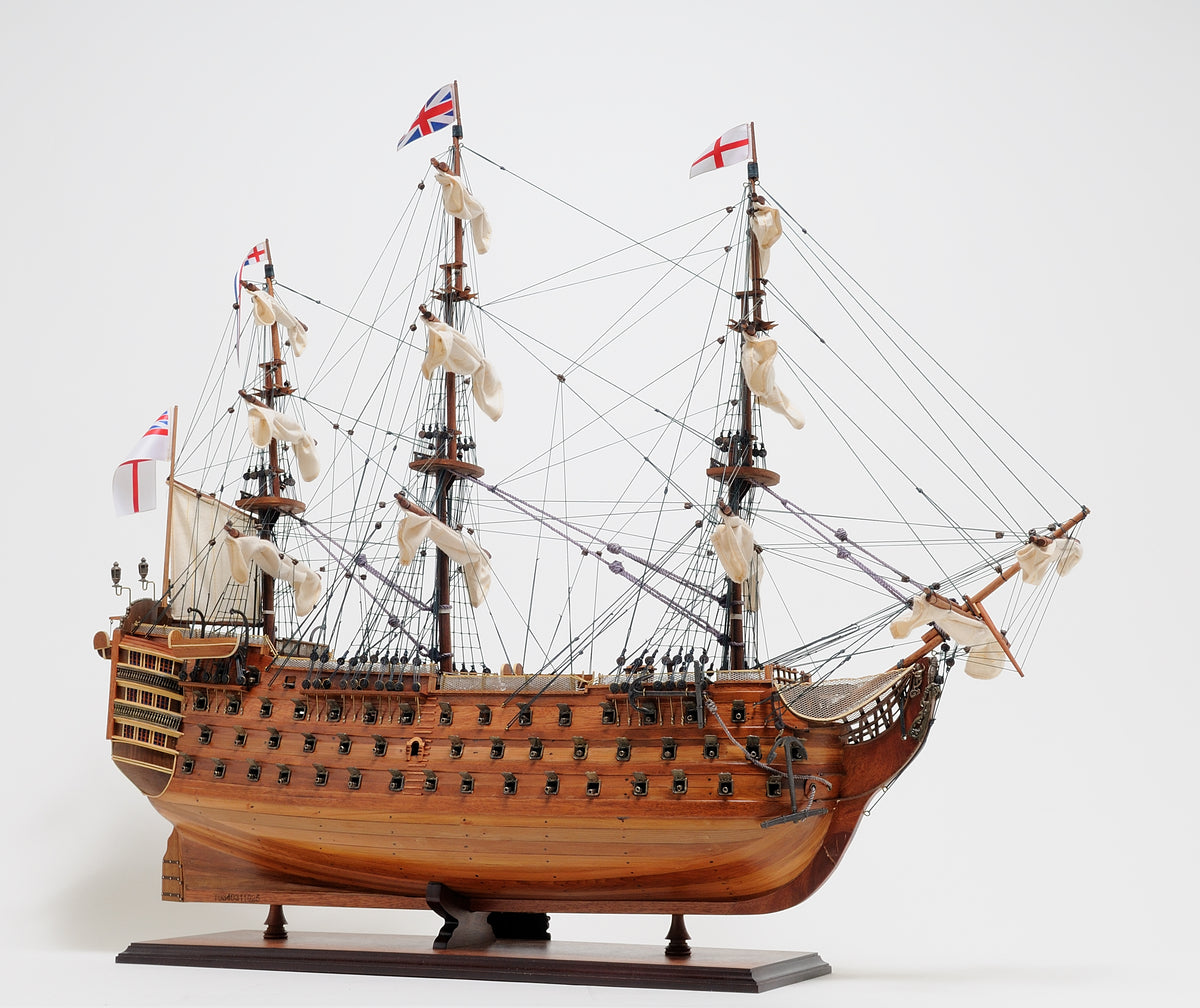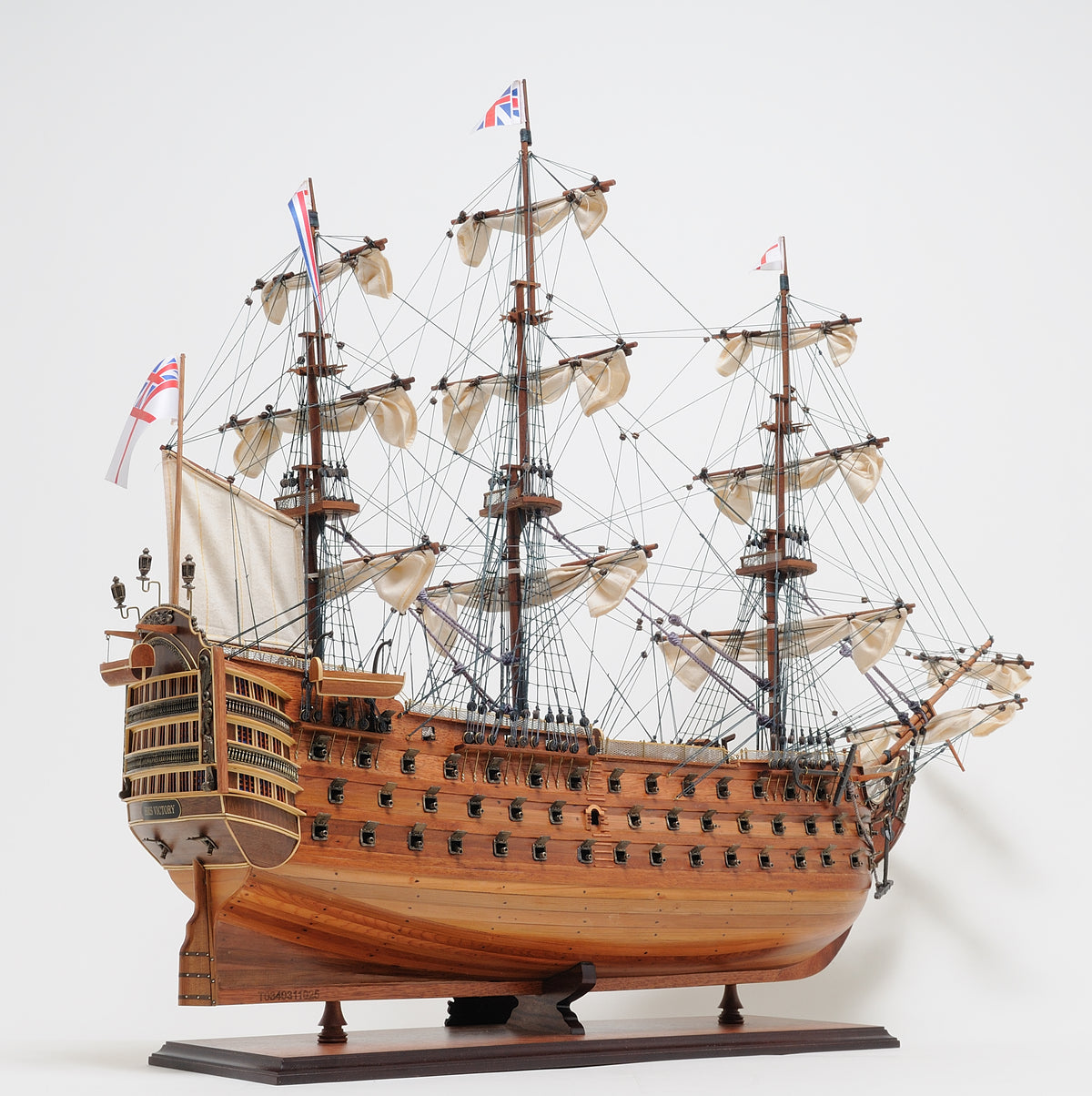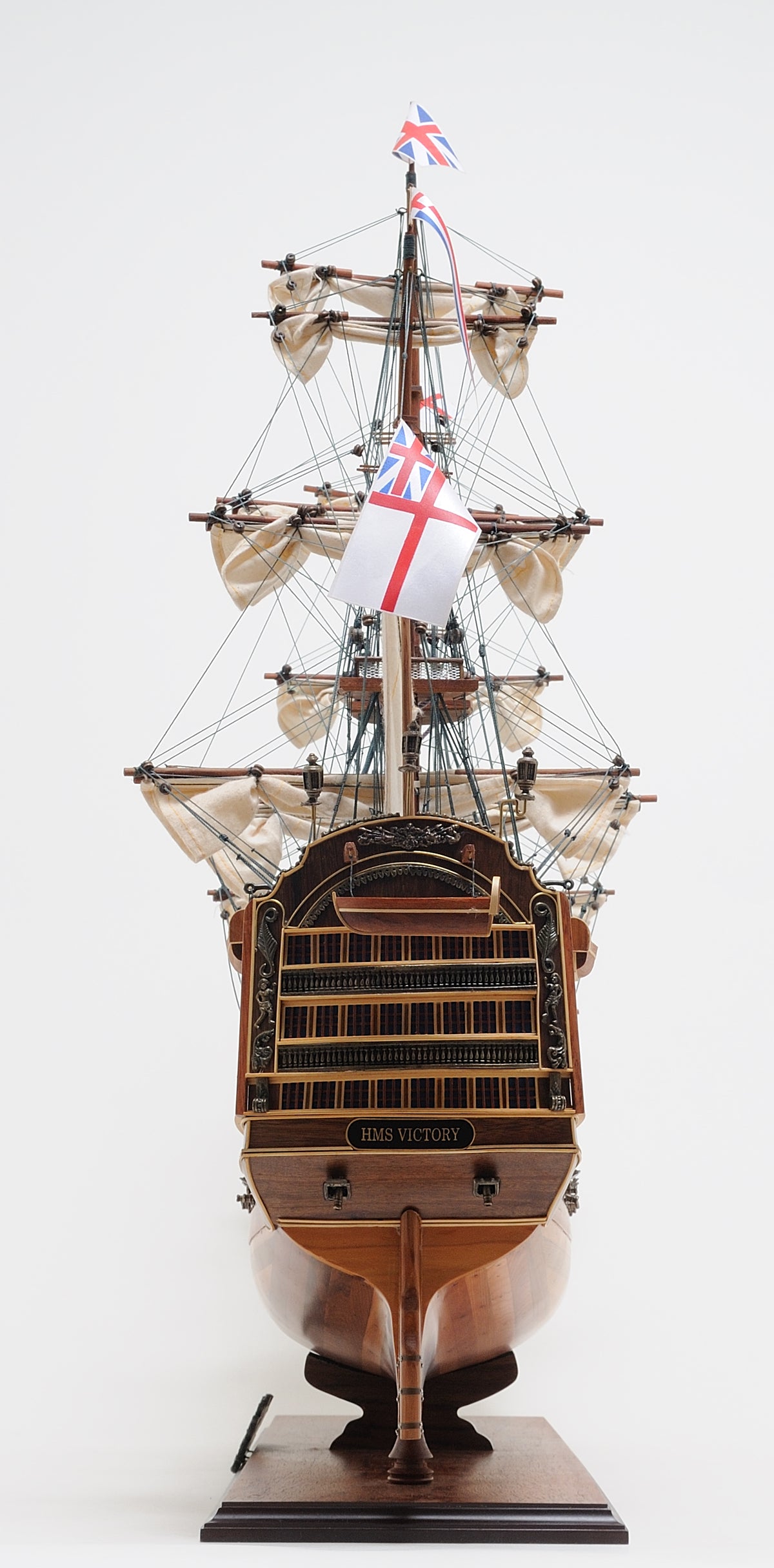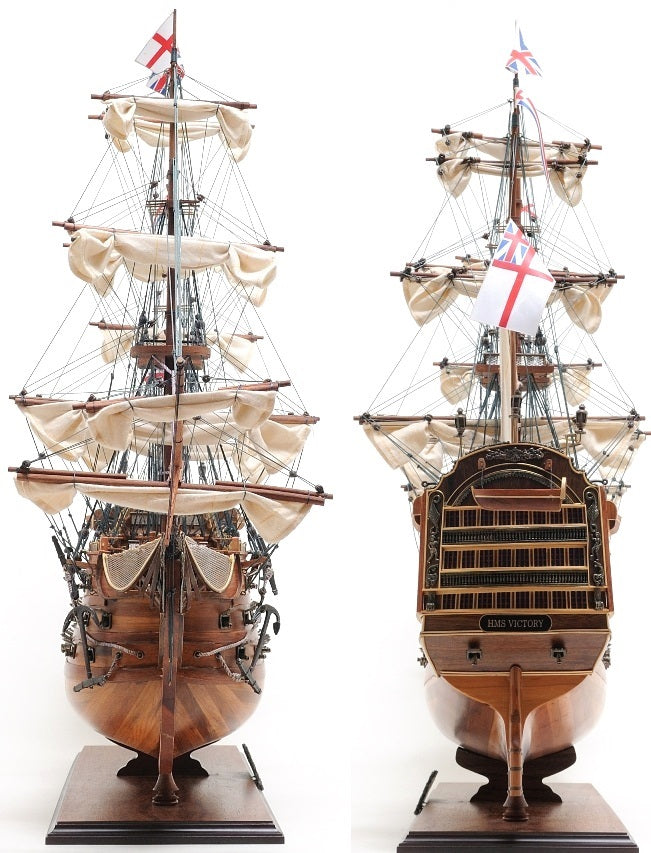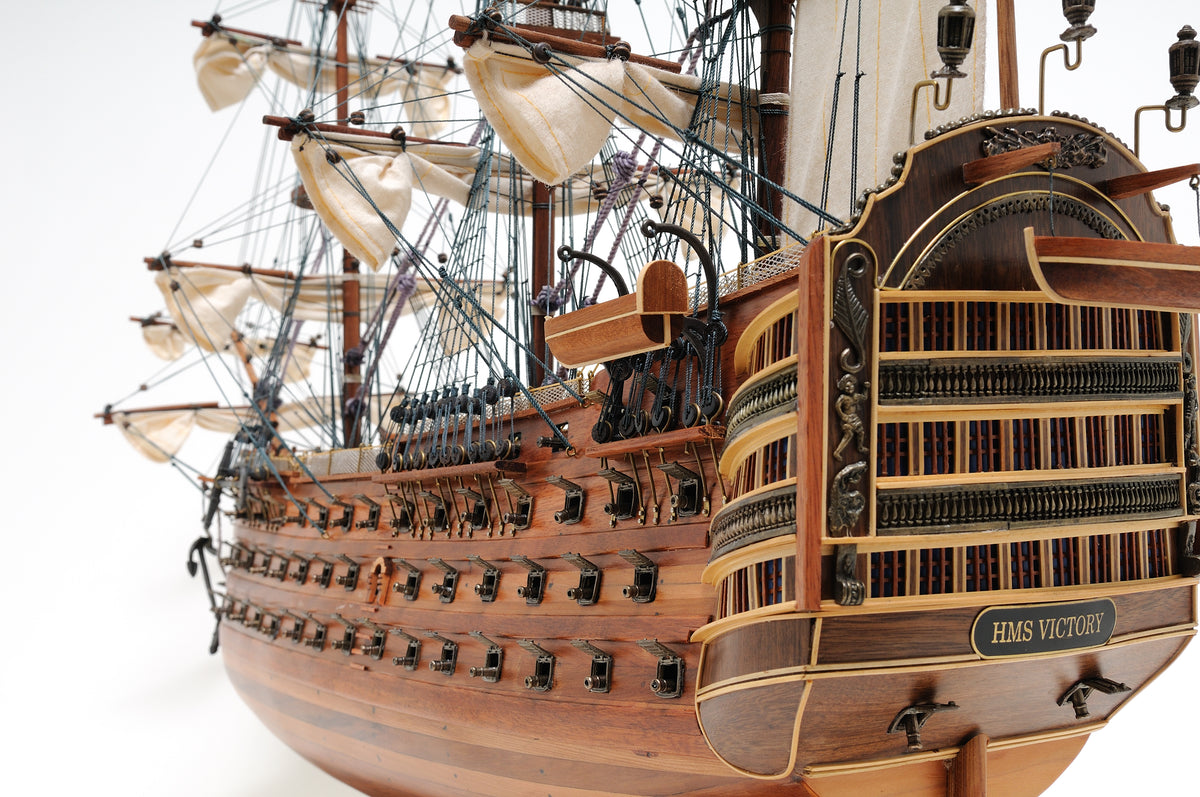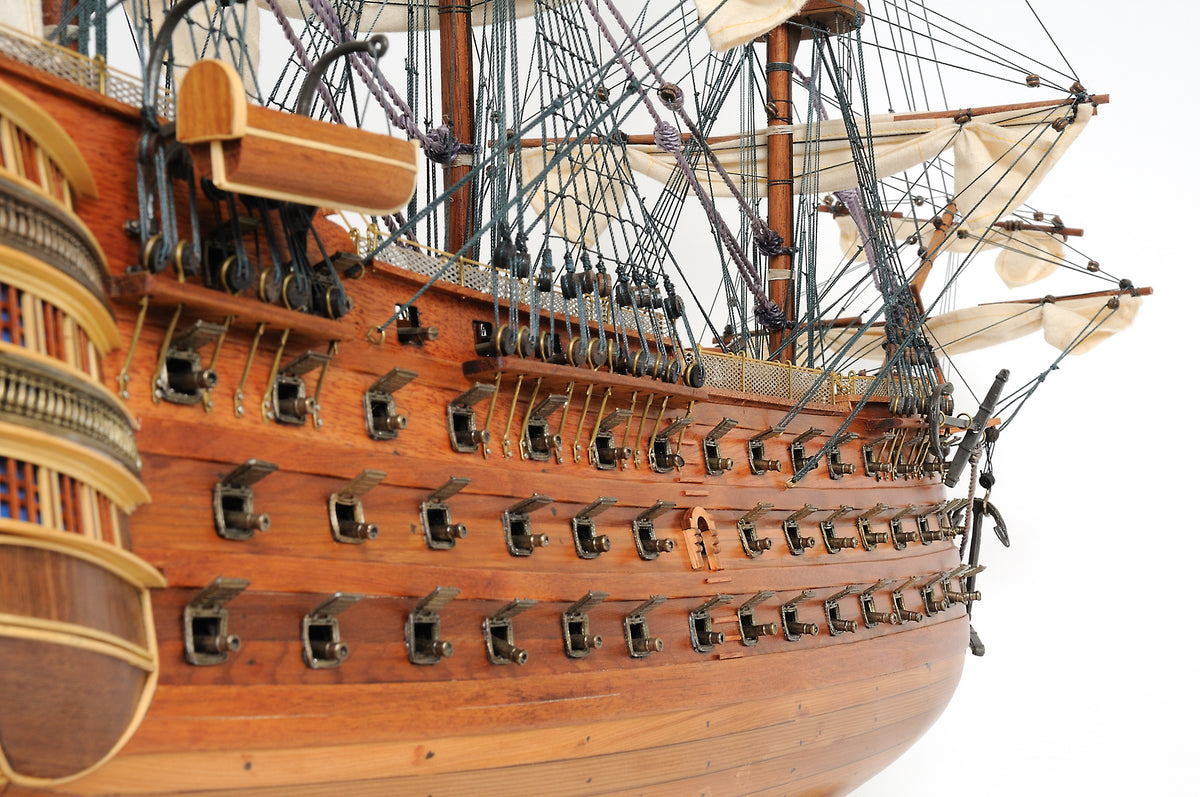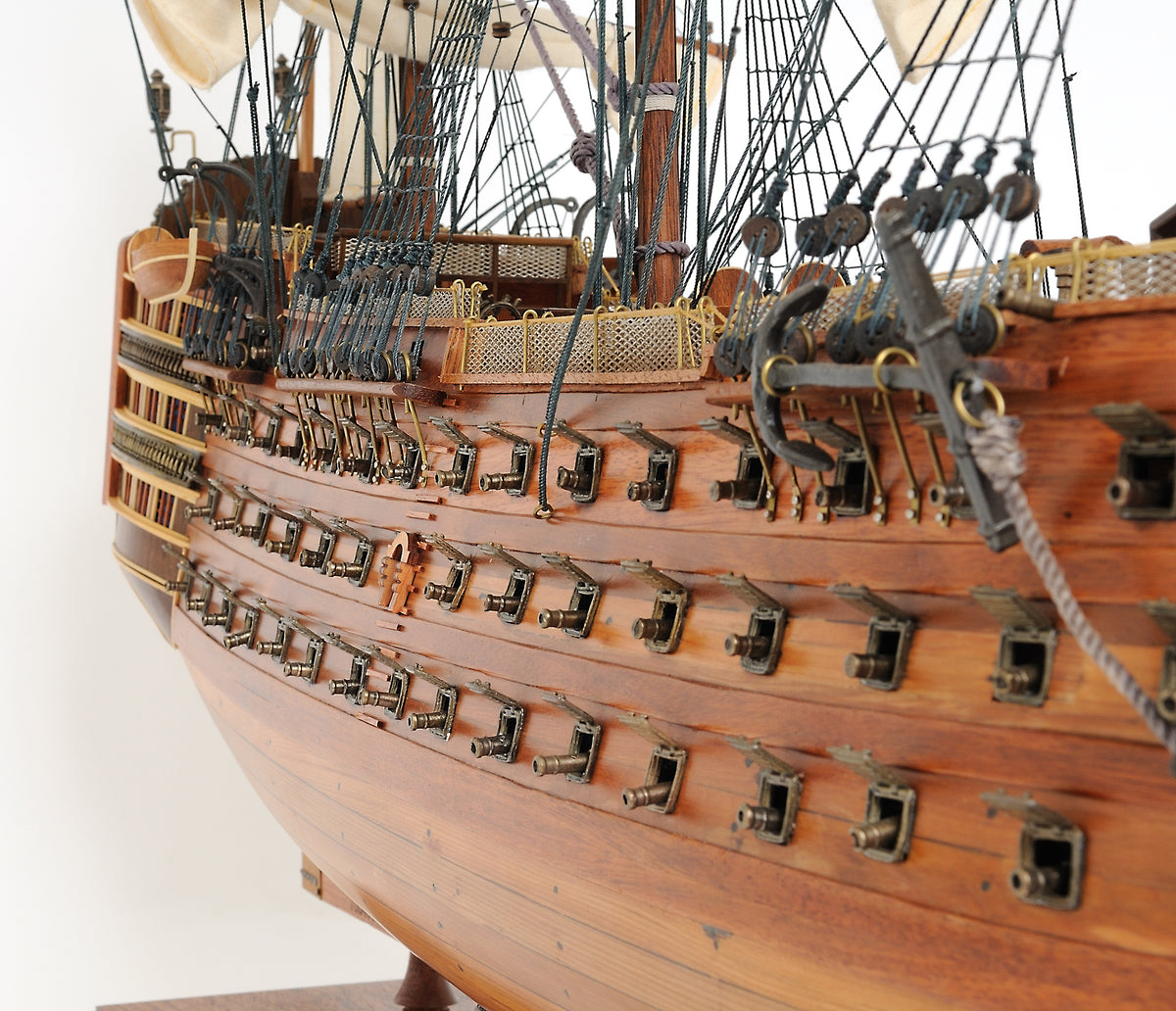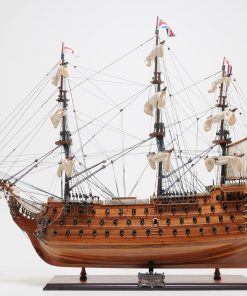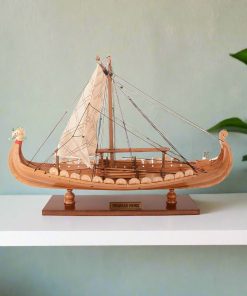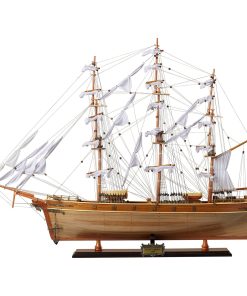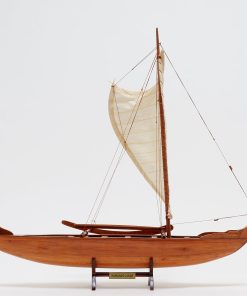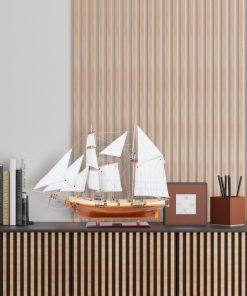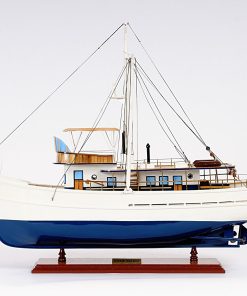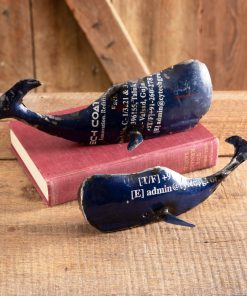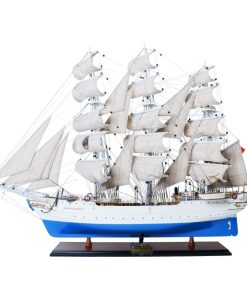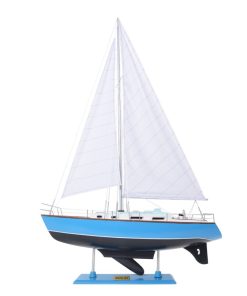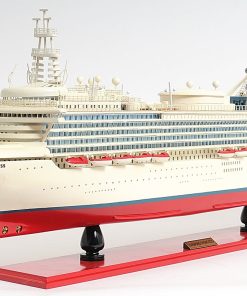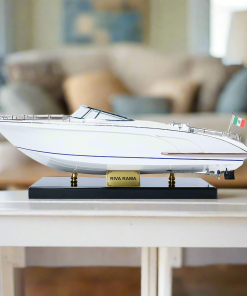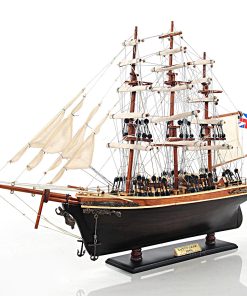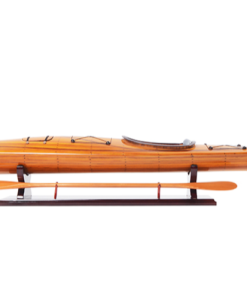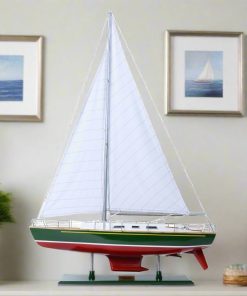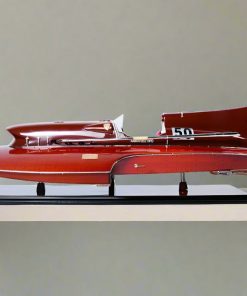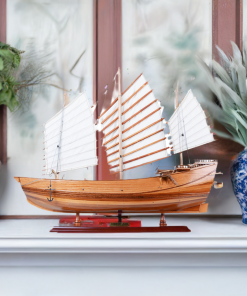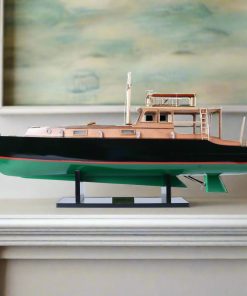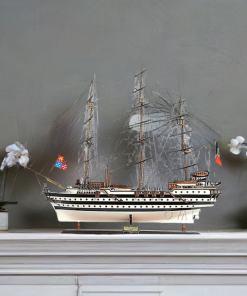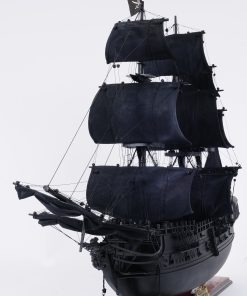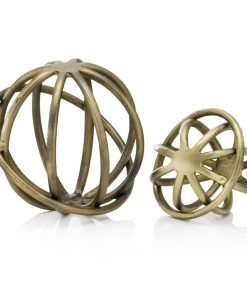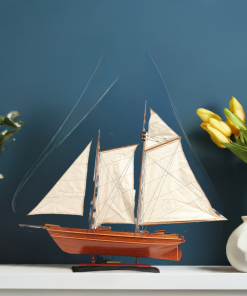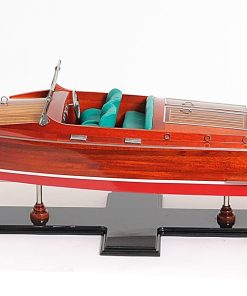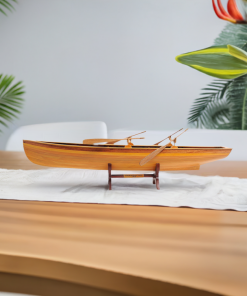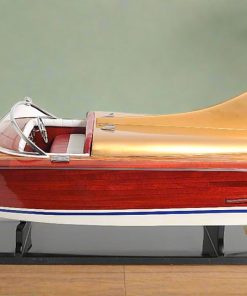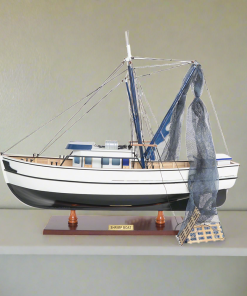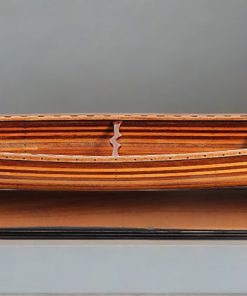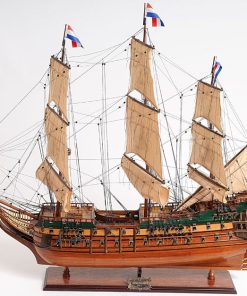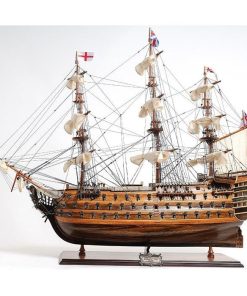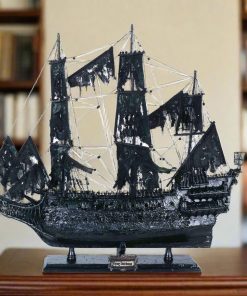HMS Victory Exclusive Edition Model Ship OMH
$ 929,95 $ 232,49
Experience the magnificent H.M.S. Victory, Admiral Horatio Nelson’s esteemed flagship during the historic Battle of Trafalgar in 1805. This unparalleled “Exclusive Edition” features a one-of-a-kind serial number engraved on the hull for future identification.
This exquisite vessel was constructed with precision and accuracy, incorporating elements from historical photographs, drawings, and plans. Crafted to scale, the ship is made from top-grade western red cedar, rosewood, and mahogany, using traditional plank-on-frame techniques inspired by the building of real-life ships.
This exquisite model ship boasts three decks and three formidable rows of metal cannons on each side, accompanied by a front bowsprit and three sturdy masts expertly joined with intricate rigging and hand-tied lines. Adorned with meticulously crafted rolled-up sails made from luxurious linen, this ship exudes a sense of elegance and refinement.
Metal anchors and a wooden rudder are visible on the front and rear of the ship. On the deck, there are authentic hand-built lifeboats with ribs and planks, stationed metal cannons, metal steering wheels, wooden crane, captain’s dining and sleeping cabin, and many other handcrafted ornaments. There is also an exquisite detailed admiral’s quarter on the stern with beautiful metal lanterns, handcrafted brass statues and ornaments, and a wooden flagpole.
This model arrives to you fully assembled on a solid wood base with a brass nameplate.
Dimensions: 37″ length x 12″ wide x 36″ tall
A little history:
HMS Victory, launched at Chatham in 1765, was a 100-gun ship of the line with a length of 227.5 ft overall (69.34 m), a displacement of 3500 tons, and a crew of more than 800 men.
On Oct. 21, 1805, at the Battle of Trafalgar, twenty-seven British ships of the line led by Admiral Lord Nelson aboard HMS Victory defeated thirty-three French and Spanish ships of the line under French Admiral Villeneuve. The battle took place in the Atlantic Ocean off the southwest coast of Spain, just west of Cape Trafalgar. The Franco-Spanish fleet lost twenty-two ships and the British lost none.
In the 1920s, HMS Victory was put in a dry dock and restored to her condition under Nelson. She was unveiled to the public in all her glory by King George V on 17 July 1928 at Portsmouth. She retains her status as a fully commissioned ship in the Royal Navy and serves as the flagship of the Naval Home Command, but to her visitors, she remains a precious museum and testament to Britain’s naval past.
Professional packing and fast shipping
Due to our longstanding partnership with UPS FedEx DHL and other major global carriers, we can offer a variety shipping options. Our warehouse staff is extremely skilled and will package your products according to our precise and exact specifications. Your products will go through an extensive inspection and will be securely secured prior to being delivered. Everyday we deliver thousands of packages to clients from all over the world. Our dedication to becoming the largest online retailer around the globe is evident by this. The distribution centers and warehouses distribution are located in Europe and the USA.
Note: Orders that contain more than one item are assigned a processing period according to the item.
Prior to shipping We will examine thoroughly the items you have ordered. Today, the majority of orders will be delivered within 48 hours. The delivery time will be between 3 and 7 working days.
Returns
We don't control the inventory in our warehouse and factory. The levels of stock can change at any time. You may not receive your order once it has been placed.
Our policy is valid for 30 days. If you have passed 30 days without a trace since the purchase however, we're unable to give you a return or exchange.
Your item should be in the original packaging and in good condition. It must also not be used. It must also be returned in the original packaging.
Related products
Sculptures & Statues
Sculptures & Statues
Sculptures & Statues
Sculptures & Statues
Sculptures & Statues
Sculptures & Statues
Sculptures & Statues
Sculptures & Statues
Sculptures & Statues
Sculptures & Statues
Sculptures & Statues
Sculptures & Statues
Sculptures & Statues
Sculptures & Statues
Sculptures & Statues
Sculptures & Statues
Sculptures & Statues
Sculptures & Statues
Sculptures & Statues
Sculptures & Statues
Sculptures & Statues
Sculptures & Statues
Sculptures & Statues
Sculptures & Statues
Sculptures & Statues
Sculptures & Statues
Sculptures & Statues
Sculptures & Statues
Sculptures & Statues
Sculptures & Statues
Sculptures & Statues
Sculptures & Statues
